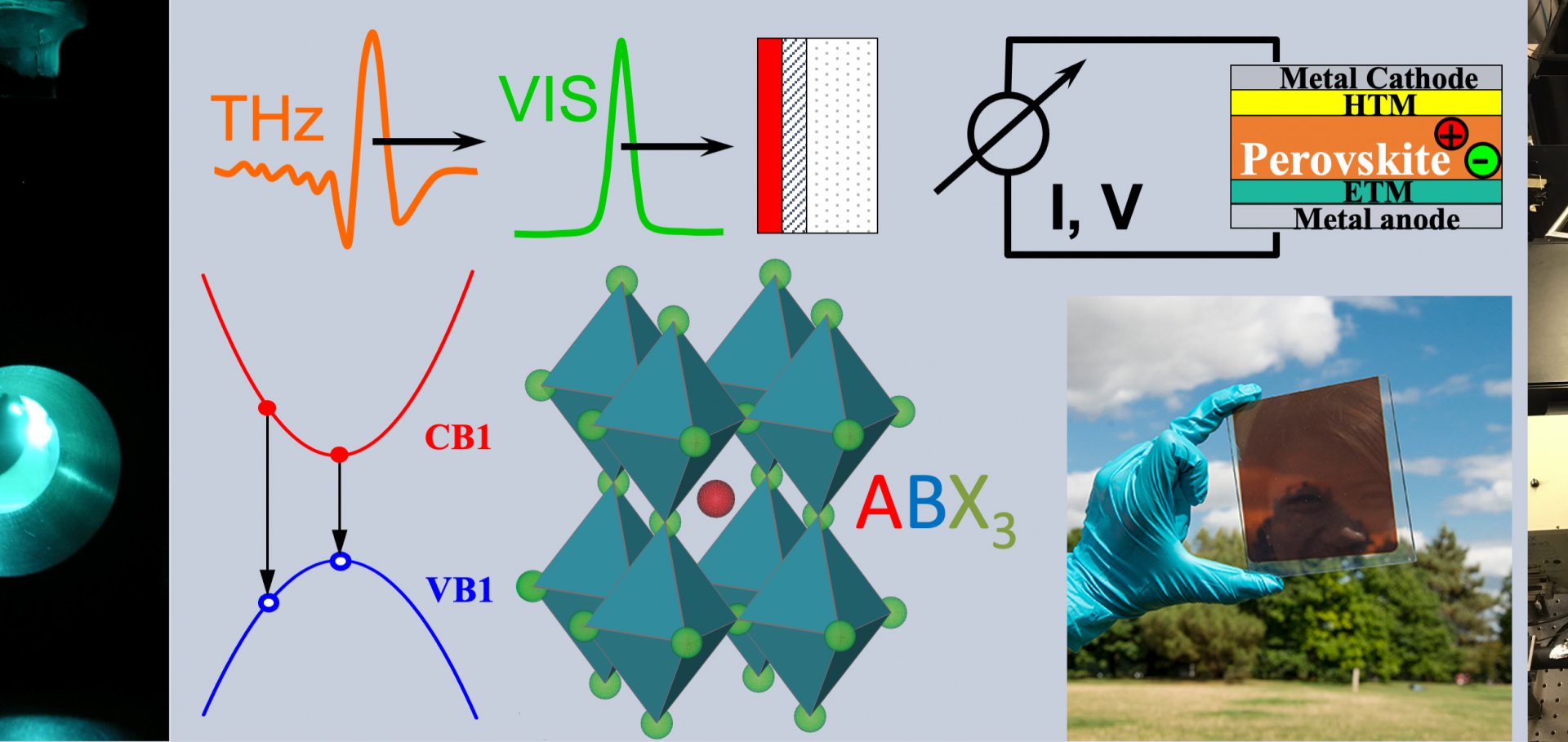Charge-carrier dynamics in 2D hybrid metal-halide perovskites
Nano letters American Chemical Society 16:11 (2016) 7001-7007
Abstract:
Hybrid metal halide perovskites are promising new materials for use in solar cells, however, their chemical stability in the presence of moisture remains a significant drawback. Quasi two-dimensional perovskites that incorporate hydrophobic organic interlayers offer improved resistance to degradation by moisture, currently still at the cost of overall cell efficiency. To elucidate the factors affecting the optoelectronic properties of these materials, we have investigated the charge transport properties and crystallographic orientation of mixed methylammonium (MA)/phenylethylammonium (PEA) lead iodide thin films as a function of MA:PEA and thus the thickness of the 'encapsulated' MA lead halide layers. We find that monomolecular charge-carrier recombination rates first decrease with increasing PEA fraction, most likely as a result of trap passivation, but then increase significantly as excitonic effects begin to dominate for thin confined layers. Bimolecular and Auger recombination rate constants are found to be sensitive to changes in electronic confinement, which alters the density of states for electronic transitions. We demonstrate that effective charge-carrier mobilities remain remarkably high (near 10 cm2/Vs) for intermediate PEA content and are enhanced for preferential orientation of the conducting lead-iodide layers along the probing electric field. The tradeoff between trap reduction, electronic confinement and layer orientation leads to calculated charge-carrier diffusion lengths reaching a maximum of 2.5 µm for intermediate PEA content (50%).Charge-carrier dynamics in hybrid metal halide perovskites (Conference Presentation)
Proceedings of SPIE--the International Society for Optical Engineering SPIE, the international society for optics and photonics (2016) 99230d-99230d-1
Preface for Special Topic: Perovskite solar cells—A research update
APL Materials AIP Publishing 4:9 (2016) 091201
Perovskite-perovskite tandem photovoltaics with optimized bandgaps
(2016)
Synthesis of five-porphyrin nanorings by using ferrocene and corannulene templates
Angewandte Chemie International Edition Wiley 55:29 (2016) 8358-8362


